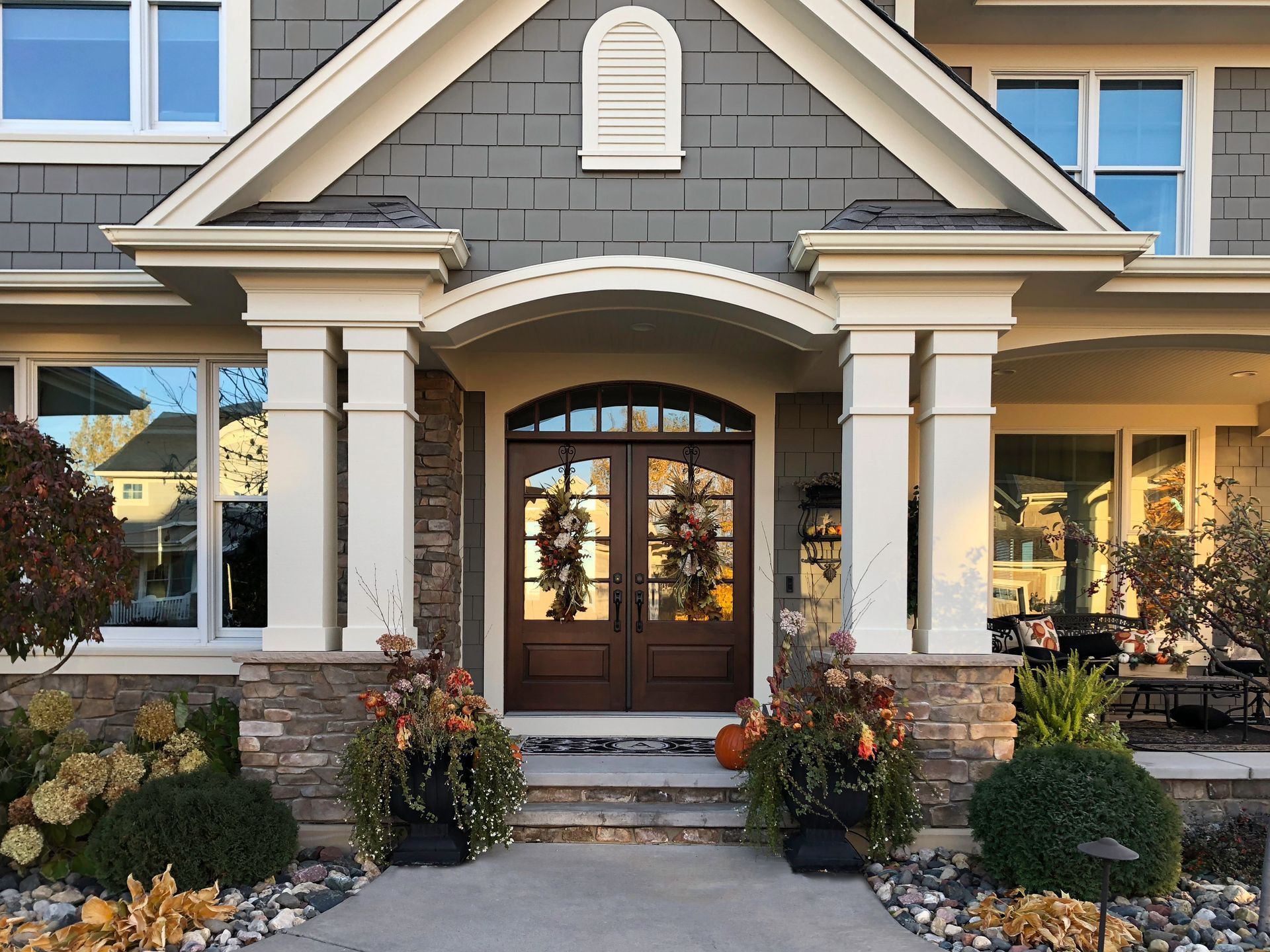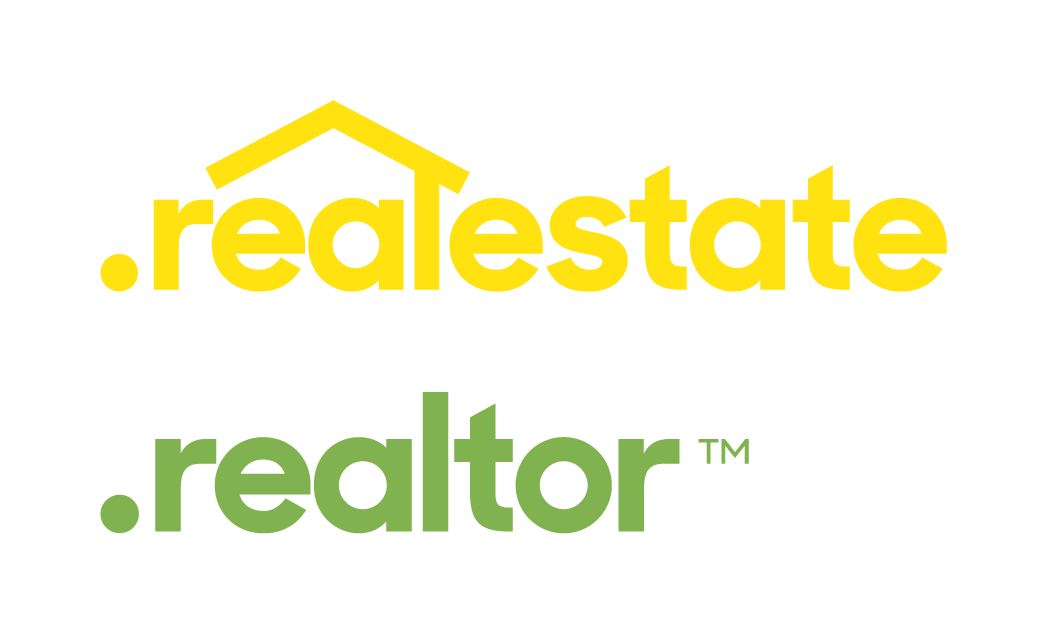The Evolving Expectations of Today's Home Buyers
The landscape of home buying is constantly shifting. Gone are the days when a simple roof over one's head was the primary concern. Today's home buyers, armed with more information and a different set of priorities, have come to expect a whole lot more from their potential abodes. Understanding these evolving expectations is crucial for sellers, developers, and real estate professionals alike.
So, what exactly is on the wish list of the modern home buyer? Let's delve into some key trends:
1. Seamless Digital Experience:
In an increasingly digital world, buyers expect a smooth and intuitive online experience. This starts with high-quality virtual tours that allow them to explore properties from the comfort of their current homes. Professional photography and detailed floor plans are no longer a luxury but a necessity. They also anticipate easy access to property information, neighborhood data, and even the ability to schedule showings online. Think interactive maps, 3D walkthroughs, and instant communication with agents.
Example: Imagine a buyer in another state being able to virtually "walk through" a property using a detailed 360-degree tour, complete with measurements and the ability to zoom in on specific features. This saves them time and travel costs in the initial stages of their search.
2. Move-in Ready Condition:
The desire for "turnkey" properties is stronger than ever. Buyers, especially millennials and Gen Z, often lack the time, inclination, or budget for extensive renovations. They are looking for homes that are well-maintained, aesthetically pleasing, and require minimal immediate work. This includes updated kitchens and bathrooms, fresh paint, and functional systems (HVAC, plumbing, electrical).
Example: A buyer might be willing to pay a premium for a home with a recently renovated kitchen featuring modern appliances and stylish finishes, rather than taking on a costly and time-consuming renovation project themselves.
3. Smart Home Technology Integration:
Technology is no longer a futuristic fantasy; it's an expectation. Buyers are increasingly interested in homes equipped with smart features that offer convenience, security, and energy efficiency. This includes smart thermostats, lighting systems, security cameras, doorbells, and even voice-activated assistants.
Example: A buyer might prioritize a home with a smart thermostat that they can control remotely to optimize energy usage or a smart lock system that allows for keyless entry and enhanced security.
4. Energy Efficiency and Sustainability:
With growing environmental awareness, buyers are placing a higher value on energy-efficient and sustainable features. This includes things like energy-efficient windows and appliances, proper insulation, solar panels, and even rainwater harvesting systems. Not only do these features reduce their carbon footprint, but they also translate to lower utility bills.
Example: A buyer might be drawn to a home with Energy Star certified appliances and a well-insulated attic, understanding the long-term cost savings and environmental benefits.
5. Functional and Flexible Spaces:
The way we live and work has evolved, and so have our spatial needs. Buyers are looking for homes with flexible layouts that can adapt to various lifestyles. This might include dedicated home office spaces, multi-functional rooms that can serve as guest rooms or gyms, and ample storage. Outdoor living spaces, such as patios, decks, and well-maintained yards, are also highly desirable.
Example: A family might be looking for a home with a finished basement that can be used as a playroom, a home office, or a media room, depending on their needs.
6. Strong Sense of Community and Location Amenities:
It's not just about the four walls; it's about the neighborhood and the lifestyle it offers. Buyers are often looking for communities with a strong sense of belonging and access to desirable amenities. This can include parks, green spaces, walking trails, good schools, local shops, restaurants, and convenient transportation options.
Example: A young couple might prioritize a neighborhood with walkable streets, local coffee shops, and a nearby park for their future children.
7. Transparency and Trust:
Buyers expect transparency and honesty throughout the entire home buying process. They want clear and open communication with their real estate agents, lenders, and sellers. They also value access to detailed property disclosures and inspection reports. Building trust is paramount in this significant financial transaction.
In Conclusion:
Today's home buyers are more informed and discerning than ever before. Their expectations go beyond basic shelter to encompass convenience, technology, sustainability, functionality, and a strong sense of community. By understanding and adapting to these evolving demands, sellers and real estate professionals can better cater to the needs of the modern buyer and create successful transactions. The key is to offer not just a house, but a home that truly meets their contemporary lifestyle.







